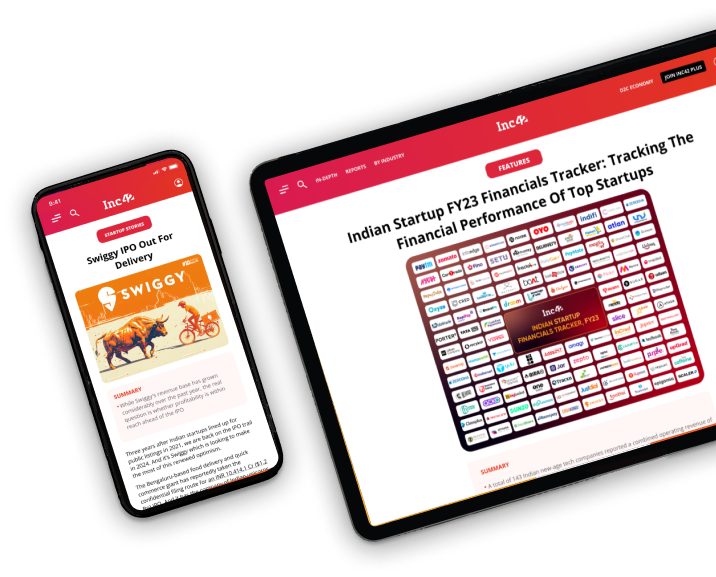
'Chargepoint anxiety' is pulling the global EV industry is on the decline
The EV ecosystem in India has great potential, valued at $5 Bn in 2020 and is projected to reach $7 Bn by 2026
Bringing the Internet of Things (IoT) into a circular supply chain framework for salvaging waste electrical and electronic equipment could be a worthwhile endeavour for EV manufacturers to take action to save the planet.
This may seem scary to prospective buyers, but there are several important things that both CPOs and EV drivers can do to improve the general management and transition of electric vehicles in developing countries. Like India.
While we can state worldwide that “range anxiety in the electric vehicle (EV) industry is on the decline due to the rise of upgraded batteries and India is no exception to its general acceptance; However, “ChargePoint Anxiety” is a newly minted barrier pulling the electric vehicle industry south, even for globally developed countries like Norway, California and New Zealand.
As they are more economically developed countries (MEDC) with a higher quality of life and advanced technological infrastructure compared to other less industrialized countries, the introduction of electric vehicles (EV) in these countries is due to the socio-technical changes associated with them go hand in hand with their own, which are still a problem of complexities.
Unlike these densely urbanized countries, electric vehicle drivers in India’s Tier I and Tier II cities, for example, do not have private charging stations because they live in or near apartment buildings. As of now, they are connected to public chargers for hassle-free travel.
On the other hand, when you’re in the middle of a 200-mile trip, with a 30-mile dashboard range displayed and GPS, “Chargepoint Anxiety” may follow the app 15 miles to a charger only to find it doesn’t work. This reflects that the operator of the electric vehicle charging station (CPO) is ignorant, cannot or does not know how to solve the problem; Either way, from a distance it’s not good.
This may seem scary to potential buyers, but there are several important things that both CPOs and EV drivers can do to improve the overall management and transition of EVs in developing countries like India.
Where Does The EV Market Remain In India?
The EV ecosystem in India has great potential, valued at $5 Bn in 2020 and is projected to reach $7 Bn by 2026, which is a CAGR Out of during the forecast period 2021-2026%, Charging Point Operators (CPOs) in India must grapple with the addressable electric vehicle market before it becomes profitable. A diverse infrastructure available is required to attract consumers and keep them safe about purchasing electric vehicles in India. That means CPOs need to spend money now to earn money later. Furthermore, gross sales of electric vehicles increased 20% excluding e-rickshaws and around 1.56 lakh of electric vehicles sold the last year 2019-2020, and two-wheelers sold almost 97.5% of the total in the year fiscal 2020, according to the Society of Electric Vehicle Manufacturers (SMEV).
IoT Enable Real-Time EV Charging Forecast & Near Charge Recommendation
Incompetent charging infrastructure is one of the biggest obstacles to the widespread acceptance of EVs in India.
At the same time, the integration of IoT into the electric vehicle ecosystem will encourage drivers to quickly find nearby charging point operators (CPOs) through IoTenable applications and customer satisfaction. As of now, interconnectivity between charging stations is cheap for charging point operators who are newcomers to the Indian electric vehicle industry.
Lithium-ion Box; Circular Supply Chain (CSC) & Adoption Of IoT
Waste electrical and electronic equipment (WEEE) is a term for certain types of hardware that many environmental communities closely monitor and are terribly committed to environmental protection. Conservation of these can have an impact on environmental sustainability if improperly disposed of. The rapid growth of sales of electric vehicles, lithium batteries and electronic equipment in India over the past decades has left Indian veterans in the electric vehicle market concerned
Bringing the Internet of Things (IoT) into a circular supply chain framework for salvaging waste electrical and electronic equipment could be a worthwhile endeavour for EV manufacturers to take action to save the planet. The recovery of the battery once it has reached the EndofLife (EoL) stage is managed by the Reverse Supply Chain (RSC) and is responsible for the management of the operation, requiring greater efforts to improve the associated intelligent infrastructure. In fact, with the advent of a new digital revolution led by the Internet of Things (IoT), this has become increasingly practical.































 Ad-lite browsing experience
Ad-lite browsing experience